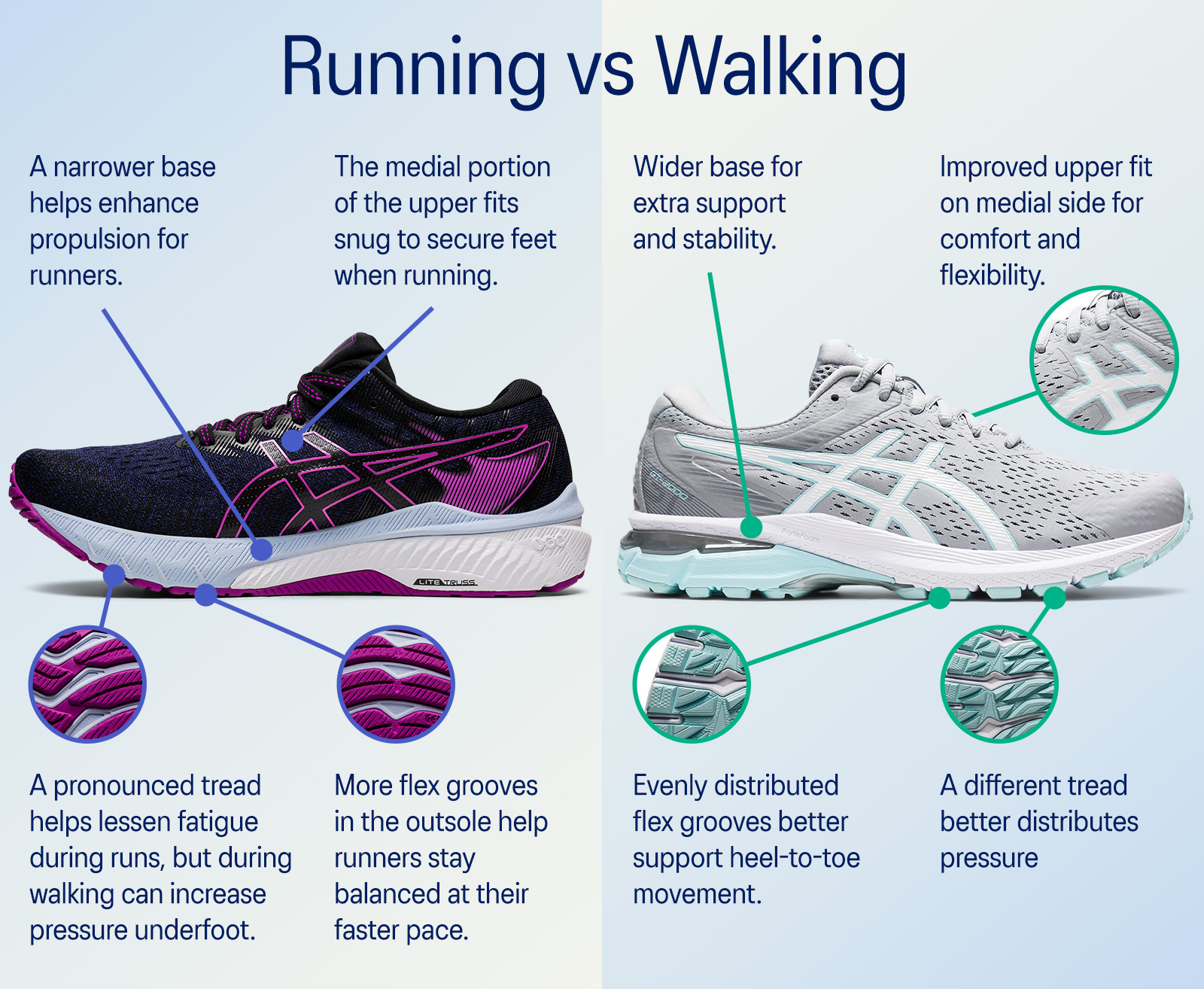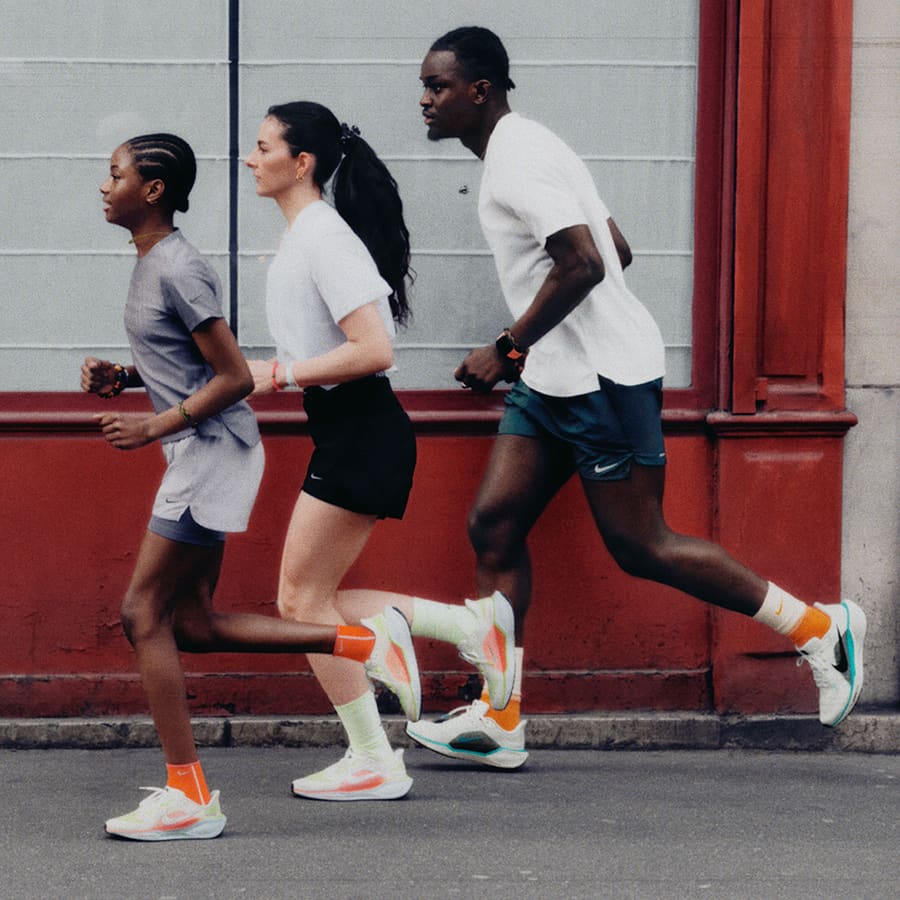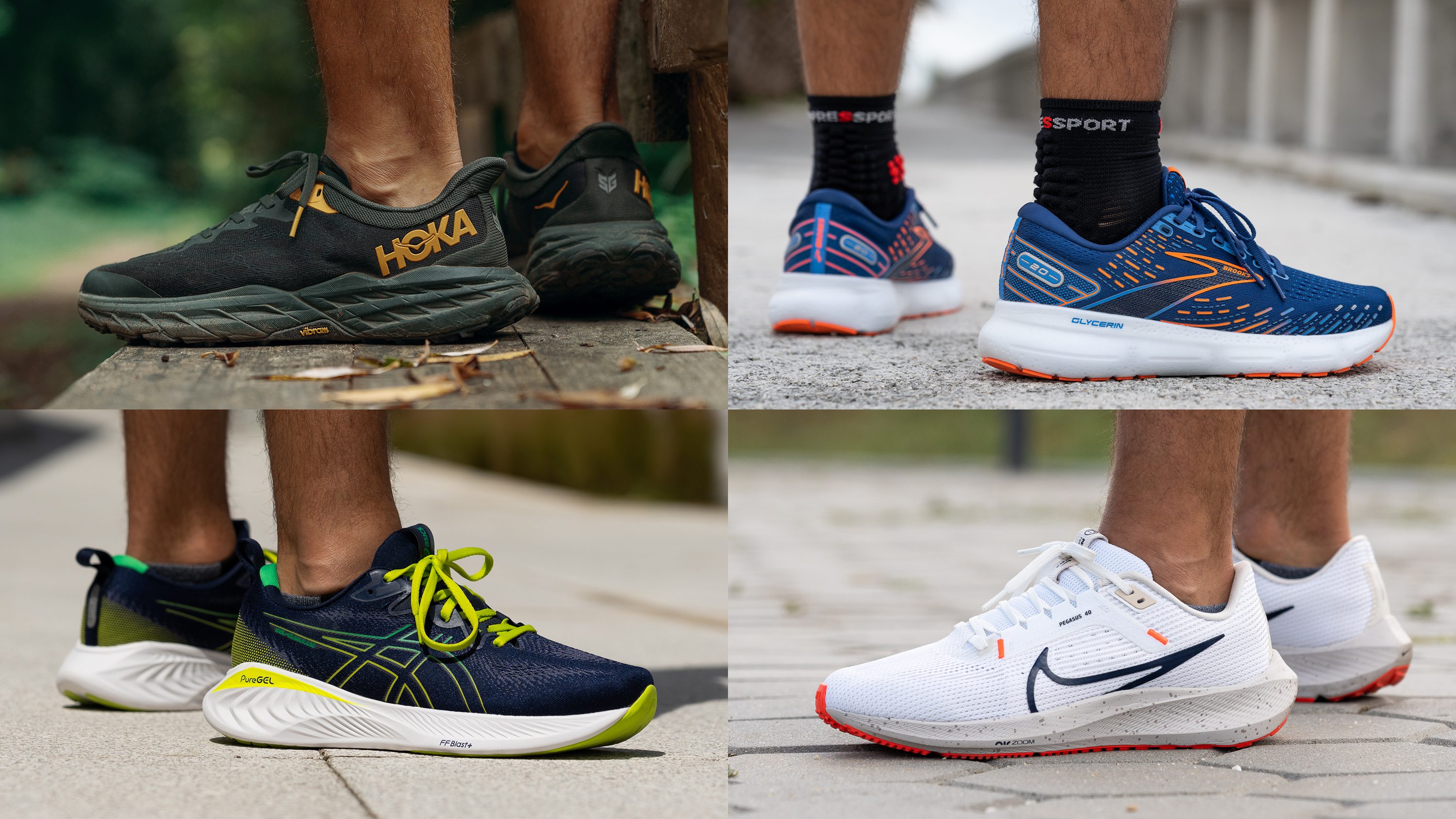Discover The Perfect Running And Walking Shoes For Ultimate Comfort And Style
In the realm of footwear, the distinction between running and walking shoes is often blurred, yet it holds the key to unlocking peak performance and enduring comfort. Whether you’re an avid marathoner or a casual stroller, the right pair of shoes can transform your experience from mundane to extraordinary. This article delves into the science behind these specialized shoes, guiding you through their unique features, benefits, and how to select the ideal pair that marries functionality with fashion. We’ll explore objective insights from authoritative sources, ensuring you make an informed choice that supports your active lifestyle.
The Fundamental Differences Between Running and Walking Shoes
At first glance, running shoes and walking shoes might appear similar, but their design philosophies cater to distinct biomechanical demands. Running involves a gait cycle where the foot strikes the ground with greater force—often two to three times body weight—compared to walking, which exerts about 1.5 times body weight. This difference necessitates specific cushioning and support systems. According to biomechanics research from Harvard University, running shoes are engineered with enhanced midsole cushioning to absorb shock during high-impact landings, whereas walking shoes prioritize flexibility to facilitate a smooth heel-to-toe roll. For instance, a study published in the Journal of Sports Sciences highlights that running shoes often feature thicker heel crash pads and advanced foam technologies like Nike’s ZoomX or ASICS’ GEL, which reduce stress on joints. In contrast, walking shoes, as noted by podiatrists on Quora, emphasize a lower heel-to-toe drop to promote natural foot movement, reducing strain during prolonged strolls. Understanding these nuances ensures you don’t compromise comfort for aesthetics; instead, you invest in footwear that aligns with your activity’s physical demands.

Biomechanics and Shoe Design: A Scientific Perspective
Delving deeper, the biomechanics of human locomotion reveal why a one-size-fits-all approach fails in footwear. When running, the foot undergoes a rapid pronation-supination cycle, requiring stability features to prevent injuries like plantar fasciitis. Renowned physiologist Dr. Casey Kerrigan, in her research cited on Wikipedia, explains that running shoes incorporate medial posts or dual-density midsoles to control overpronation, a common issue among runners. Conversely, walking involves a slower, more balanced motion, where shoes need to offer arch support and a flexible forefoot. A report from the American Podiatric Medical Association underscores that improper shoe selection can lead to chronic pain, emphasizing the importance of tailored designs. For example, running shoes often boast carbon fiber plates for energy return, as seen in elite marathon models, while walking shoes focus on breathable uppers and wide toe boxes for all-day comfort. By referencing insights from authoritative universities like Stanford’s Human Performance Lab, we can affirm that these design elements aren’t marketing gimmicks but scientifically validated solutions to enhance efficiency and reduce injury risks. This knowledge empowers you to choose shoes that feel like an extension of your body, not just an accessory.

Material Innovations and Comfort Technologies
The evolution of shoe materials has revolutionized both comfort and durability, making modern running and walking shoes marvels of engineering. From ethylene-vinyl acetate (EVA) foam to thermoplastic polyurethane (TPU), these components are meticulously selected based on activity-specific needs. For instance, Adidas’ Boost technology, derived from TPU, provides exceptional energy return for runners, a feature lauded in reviews on Runner’s World. In walking shoes, memory foam insoles adapt to the foot’s contour, offering personalized cushioning that alleviates pressure points. Scientific literature from MIT’s Materials Science Department highlights how advanced knitting techniques, like those in Nike’s Flyknit, create seamless uppers that reduce blisters and enhance fit. Moreover, waterproof membranes such as Gore-Tex are integrated into trail-running shoes for weather resistance, while walking models often use mesh fabrics for optimal ventilation. As noted by experts on Baidu Baike, these innovations stem from decades of research into polymer science and human anatomy, ensuring that each pair of running shoes or walking shoes delivers on its promise of comfort. By understanding these technologies, you can prioritize features that matter most, whether it’s breathability for long hikes or rebound for sprint intervals.

Selecting the Right Shoe for Your Lifestyle
Choosing between running and walking shoes isn’t just about activity type; it’s about aligning with your personal goals and physical condition. If you’re training for a 5K, opt for running shoes with responsive cushioning and lightweight construction, as recommended by coaches on YouTube channels like “The Run Experience.” For daily walks, prioritize walking shoes with robust arch support and a roomy fit, insights echoed by podiatrists on Quora. Consider factors like foot shape—whether you have high arches or flat feet—as this influences stability needs. Brands like Brooks and New Balance offer gait analysis tools to help match shoes to your biomechanics. Additionally, think about terrain: road runners benefit from smooth outsoles, while trail enthusiasts need lugged grips for traction. By consulting resources from authoritative sites like WebMD, you can avoid common pitfalls, such as using running shoes for long walks, which may lead to discomfort due to excessive cushioning. Remember, the perfect shoe feels secure yet freeing, enabling you to move with confidence and style.

Style Meets Function: The Aesthetic Appeal
Gone are the days when performance shoes sacrificed style for substance. Today’s running and walking shoes blend cutting-edge technology with fashion-forward designs, allowing you to express individuality without compromising on comfort. From vibrant colorways to minimalist silhouettes, brands like On Running and Hoka have redefined athletic footwear as streetwear staples. Influencers on Instagram often showcase how these shoes pair seamlessly with casual outfits, highlighting their versatility. For example, ASICS’ collaboration with fashion labels has produced limited-edition running shoes that feature premium materials and unique patterns, appealing to sneaker enthusiasts. Similarly, walking shoes from Skechers incorporate memory foam and sleek profiles, making them ideal for both gym sessions and social outings. As noted in design critiques from “Sneaker Freaker” magazine, this trend reflects a broader cultural shift where functionality and aesthetics coexist. By selecting shoes that resonate with your personal style, you not only enhance your wardrobe but also boost motivation to stay active. After all, when you look good, you feel good—and that psychological boost can be as valuable as the physical support your shoes provide.
Expert Opinions and Real-World Insights
To solidify our understanding, let’s turn to voices of authority across various platforms. On Twitter, Olympic runner Eliud Kipchoge often emphasizes the role of proper footwear in breaking records, stating, “The right shoes are a partner in your journey, not just gear.” This sentiment is echoed in YouTube reviews by physical therapists, who analyze how specific models reduce injury rates. From literature, Christopher McDougall’s book “Born to Run” explores the science behind minimalist shoes, sparking debates on natural running forms. Meanwhile, Baidu Baike entries detail the history of shoe innovations, tracing back to ancient civilizations that used bark and leather for protection. These diverse perspectives underscore that running shoes and walking shoes are more than commodities; they’re tools engineered through collective wisdom. By heeding advice from certified experts, you can navigate the crowded market with clarity, ensuring your investment pays off in longevity and performance.
In essence, the journey to finding the perfect running and walking shoes is a blend of science, personal need, and stylistic preference. By prioritizing objective criteria—from biomechanical support to material quality—you empower yourself to make choices that enhance every step. Let this knowledge guide you toward footwear that doesn’t just fit your feet but elevates your entire active experience, merging comfort and style into a seamless whole.
